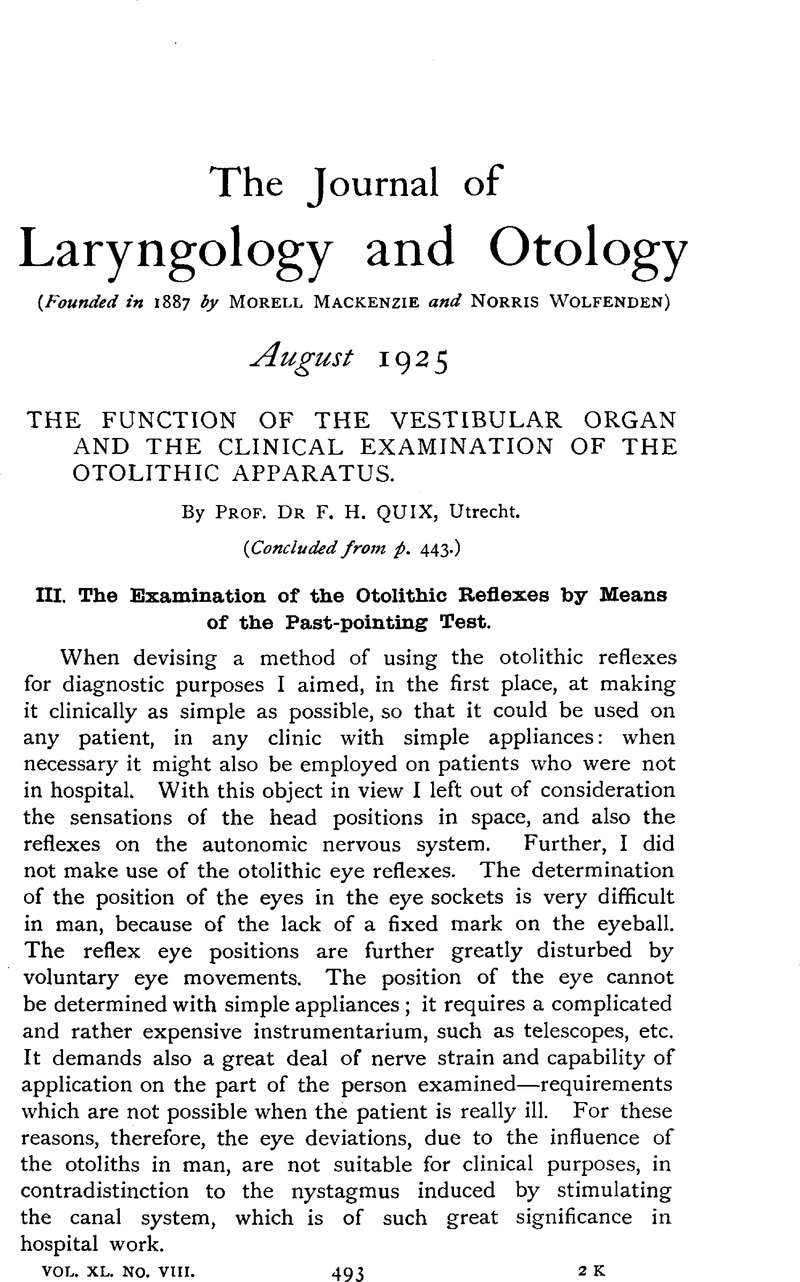Crossref Citations
This article has been cited by the following publications. This list is generated based on data provided by Crossref.
Smith, Christopher M.
Curthoys, Ian S.
Mukherjee, Payal
Wong, Christopher
and
Laitman, Jeffrey T.
2022.
Three‐dimensional visualization of the human membranous labyrinth: The membrana limitans and its role in vestibular form.
The Anatomical Record,
Vol. 305,
Issue. 5,
p.
1037.
Smith, Christopher M.
Curthoys, Ian S.
and
Laitman, Jeffrey T.
2023.
First evidence of the link between internal and external structure of the human inner ear otolith system using 3D morphometric modeling.
Scientific Reports,
Vol. 13,
Issue. 1,



